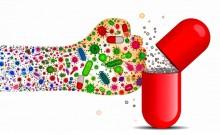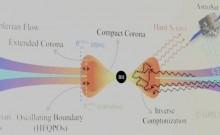Thanks to a new method for making interspecies yeast hybrids in the lab, the makers of beer, wine, biofuels and other products that depend on yeasts may soon have many more strains of the microorganism to work with.
"We can achieve hybrids at rates of one in a thousand cells," said study lead author William Alexander from University of Wisconsin-Madison.
"It is much more efficient than nature," Alexander said.
There are hundreds of known species of yeasts and they occupy almost every ecological niche imaginable worldwide.
They are essential to the process of fermentation, where the microbes convert sugars to alcohol and carbon dioxide.
Yeasts are used widely to not only make beer, wine and bread, but also cider, whiskey, cheese, yogurt, soy sauce and an array of other fermented foods and beverages.
In industry, yeasts are used to produce biofuels and to make enzymes, flavours and pigments and even drugs such as human insulin.
An ability to quickly and efficiently churn out new yeast interspecies hybrids means industries that depend on yeasts will have many more organisms to experiment with to make new flavours, enhance production and produce entirely new products, senior study author Chris Todd Hittinger, professor at University of Wisconsin-Madison.
The new yeast hybridisation method uses plasmids, circles of DNA that can be built into an organism to confer a genetic quality.
In the lab, plasmids are routinely used to manipulate genes in cells. Genes in the plasmids facilitate yeast hybridisation by expressing a naturally occurring yeast protein that allows two distinct species of yeasts to mate.
"The advantages of the technique are speed, efficiency, and precision," Hittinger said.
"Within a week, you can generate a large number of hybrids of whatever two species you want, creating forms never seen before," Hittinger noted.
The findings appeared in the journal Fungal Genetics and Biology.
















